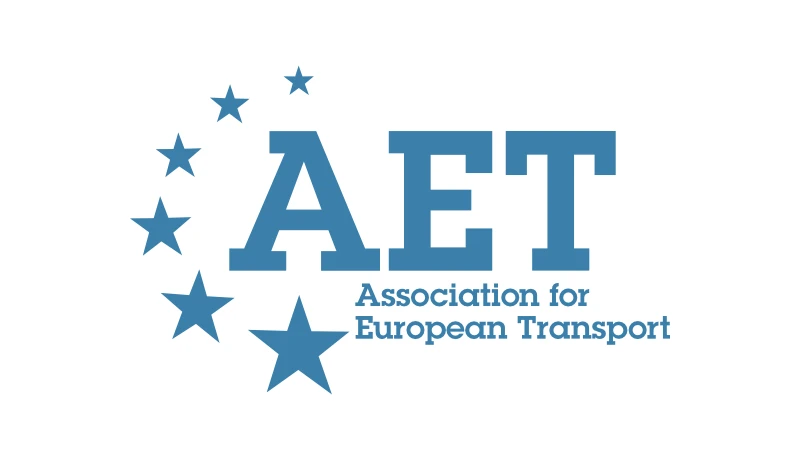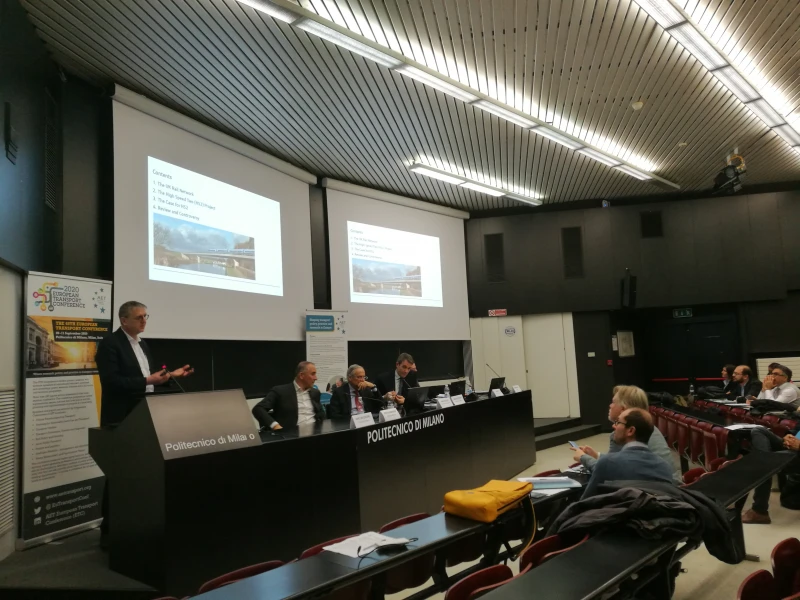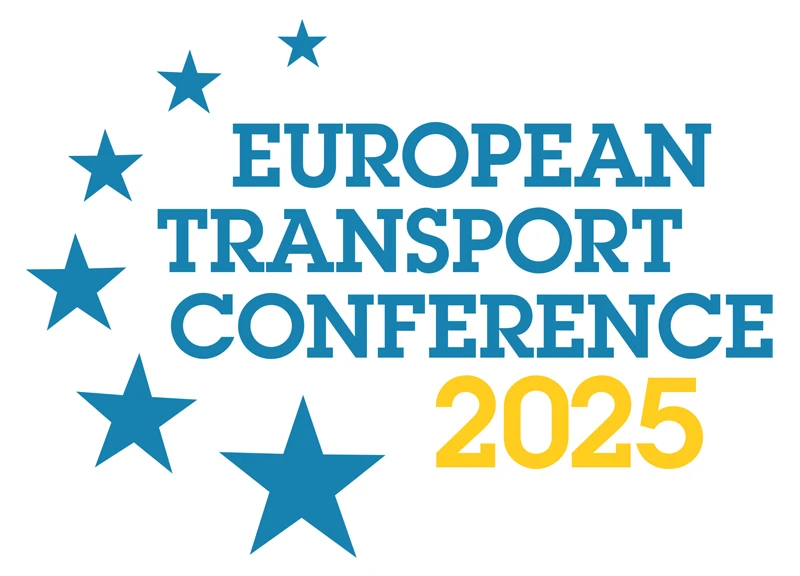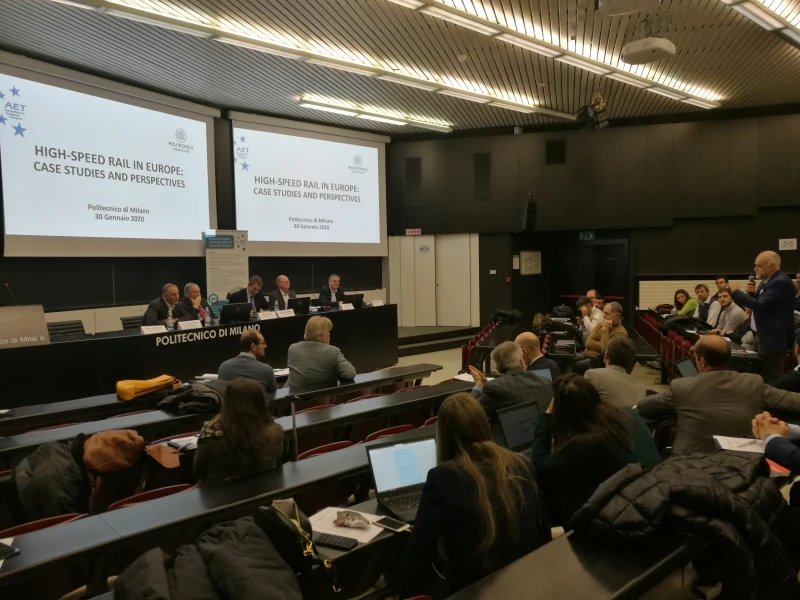-
Past ETC Papers
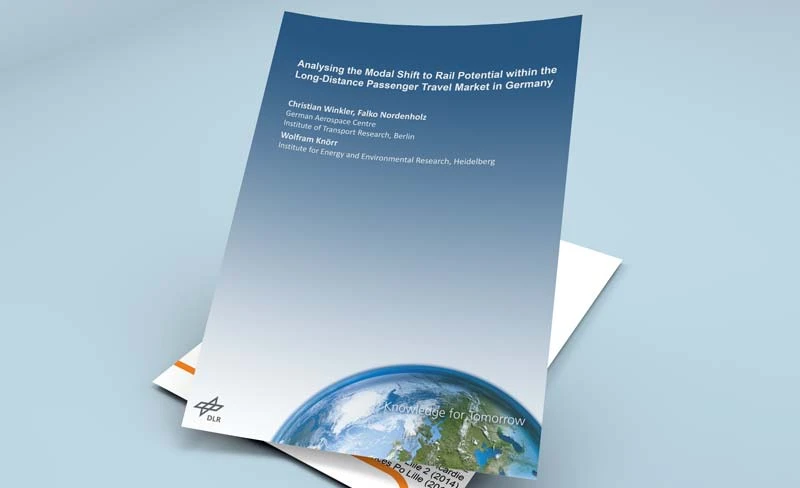
Browse, search and view papers from the past AET Conferences.
-
Members' Area

AET promotes networking and exchange of ideas, information and opportunities amongst members.
Conference Papers 2011
Glasgow, United Kingdom
ETC Conference Papers 2011
A greening of the private vehicle fleet? an examination of the market for low emission vehicles in London
Seminar
Day 2 (11 Oct 2011), Methodological Innovations, Behavioural Modelling III, 19:00 - 22:00
Status
Accepted, documents submitted
Authors
J Crockett, S Lowe, MVA Consultancy, UK; J Fox, A Daly, RAND Europe, UK; J Bates, John Bates Services, UK; S Vitouladiti,Transport for London, UK
Short abstract
The policy context in London required an understanding of carbon emissions from the private vehicle fleet in order to guide decisions and interventions. This paper reports on a new ownership, type and use choice model to address this need.
Abstract
Historically, the role of car-ownership models has typically been to forecast the number of cars owned or operated by individuals or households. The policy context was the implication of car-ownership growth for increasing highway congestion and a parallel reduction in the use of public transport. In London, however, the policy context has shifted. Car ownership has stabilised or even declined, while public transport use has risen dramatically. Of interest now for London policy-makers is not just the number of cars owned but also their types, and in particular the factors? interventions or exogenous? that will influence a shift towards lower emission vehicles.
Current forecasts of the potential market share for low emission vehicles make extensive use of supply side production figures and stated policy goals, essentially a "top down" approach to the problem. This paper reports the development of a vehicle-type policy-responsive forecasting model, incorporating also the response of vehicle use, for Transport for London (TfL) by MVA Consultancy in association with RAND Europe and John Bates Services. The vehicle-type and use model extends the cars-per-adult model previously supplied to TfL by the MVA-led team. The overall outcome is therefore a joint model of car number, type and use, with a sufficiently fine degree of segmentation such that key policy outcomes can be addressed. Importantly, this new model reverses the "top down" trend to deliver a more consumer centric, demand-led, approach, addressing the full spectrum of attributes which previous studies have found to determine choice of vehicle type (not just the propulsion method and its directly correlated attributes).
In the first instance, TfL's focus of policy interest is CO2 emissions. Consequently, the extended model differentiates vehicles in dimensions which include fuel type, engine size, and fuel efficiency, and correspondingly forecasts changes in the vehicle-mix and usage in response to a series of ?what if" tests, including:
- changes in fuel price across the different energy sources;
- improvements in conventional fuel efficiency, potentially negating some of the environmental gains of low emission fuels;
- developments in range, weight and size of low-emission vehicles, and the extent to which they can compete with conventionally fuelled vehicles on such key attributes;
- lower purchase prices of low-emission vehicles, potentially supported by grants and/or subsidies;
- mid-term costs such as vehicle taxation, etc, related to emissions performance;
- for electric propulsion, number of charging points, both private and public; and
- hanges in other out-of pocket" osts, particularly differentials between low emission and conventionally fuelled vehicles for parking and the congestion charge.
To achieve its objectives, the model integrates several secondary data sources. The main dataset for distinguishing between base year vehicle-types is the UK Driver and Vehicle Licensing Agency (DVLA) database of licensed vehicles (appropriately anonymised). Variation in intensity of use of vehicles of different types is proxied by linking observations from TfL's extensive deployment of automated number-plate recognition (ANPR) cameras to the DVLA database. This link makes use of TfL's in-house London Vehicle Analysis Tool (LVAT). The London Travel Demand Survey (LTDS) - essentially travel and vehicle-use diaries of about 8,000 London households per year - provides a better estimate of vehicle-km undertaken but with very small samples outside the conventionally-fuelled vehicle types.
The final model incorporates the key attributes of interest in determining vehicle type choice, and subsequent use, enabling TfL to understand the impact of policy decisions on CO2 production across the private vehicle fleet in London.
Documents:
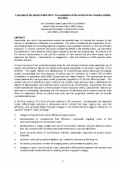
Association For
European Transport
Forester House
Doctors Lane
Henley-in-Arden
Warwickshire, UK
B95 5AW
+44 (0) 15 64 793552
VAT number: 710 1866 64
Conference Supporters & Endorsers




Legal Entity
The Association for European Transport is registered as an Association ('vereniging') with the Chamber of Commerce for Haaglanden in The Netherlands under company number 27170096.
Built on Zenario

